
Why I Love Baking Number Cakes and Why You Should Too
I still remember the first time I stumbled across a number cake. It was on social media, of course. A friend posted a photo of a stunning “30” cake covered in fresh flowers for her birthday. I was hooked. The clean lines, the creative designs, and the personal touch of the numbers spoke to me. Since then, I’ve baked dozens of these trendy desserts for birthdays, anniversaries, and even baby showers.
What exactly is a number cake? At its core, it’s a dessert shaped like a number or letter, often made with layers of pastry or sponge cake. It’s decorated with buttercream, cream cheese frosting, or whipped cream and topped with fresh fruit, edible flowers, or sprinkles. Its simplicity and versatility have made it one of the hottest trends in modern baking.
The number cake trend has exploded over the past few years. Whether you’re celebrating a milestone birthday or just want a unique dessert for a party, these cakes are perfect. They’re customizable, Instagram-worthy, and surprisingly easy to make at home. This guide will walk you through everything you need to know about how to make number cakes, where to find inspiration, and tips to nail the trend.
The Number Cake Trend: What’s Making It So Popular?
It’s no secret that celebrations call for something special. That’s where the number cake trend comes in. These cakes have become a go-to for birthdays, anniversaries, and other milestones. Unlike traditional round or square cakes, they add a personal touch by featuring the age, date, or even initials of the guest of honor. For example, a “40” cake feels more meaningful than a plain tiered cake for a 40th birthday.
Social media plays a big role in the rise of modern number cakes. Platforms like Instagram and Pinterest are flooded with photos of beautifully decorated creations. Bakers and home cooks alike share their designs, inspiring others to try their hand at this trend. From elegant cream tart versions to playful sprinkle-covered cakes, there’s something for everyone.
One common question people ask is: What is the history of number cakes? While it’s hard to pinpoint their exact origin, many believe the trend started gaining traction in Europe before spreading globally. French bakeries popularized the cream tart number cake, which features layers of puff pastry filled with rich cream. Today, bakers around the world put their own spin on the concept, making it a truly global phenomenon.
How to Make Number Cakes: A Step-by-Step Guide
If you’re wondering whether it’s hard to make a number cake, the answer is simple: not at all. With the right tools and a bit of patience, anyone can create one at home. Here’s an overview of the process:
- Choose your template. Print out a number or letter stencil in your desired size. Cut it out and use it as a guide.
- Bake your base. Use a simple cookie dough, sponge cake batter, or puff pastry. Roll it out, place the stencil on top, and cut out two identical shapes.
- Prepare your filling. Cream cheese frosting, whipped cream, or pastry cream work well. Spread a generous layer between the two pieces.
- Decorate creatively. Top with fresh berries, edible flowers, chocolate shavings, or sprinkles. Let your imagination run wild.
For those who love variety, consider trying a cream tart number cake. This version uses layers of flaky puff pastry instead of sponge cake. Fill it with vanilla pastry cream or dulce de leche for a decadent twist. If you’re short on time, you can even buy pre-made pastry from the store.
Here’s a quick list of ideas to spark your creativity:
- Number cakes with flowers: Perfect for spring or summer parties.
- Fruit-topped cakes: Use seasonal fruits like strawberries, kiwis, or figs.
- Chocolate lovers’ dream: Add cocoa powder to your dough and top with chocolate ganache.
- Kid-friendly designs: Go bold with colorful sprinkles or candy decorations.
Wondering how many people a number cake can feed? It depends on the size and thickness of your cake. A standard single-layer number cake typically serves 8–12 people. If you’re hosting a larger crowd, consider making multiple numbers or letters to spell out a word.
Another fun tip is the 1234 cake rule. This means balancing four key elements: flavor, texture, design, and portion size. By keeping these factors in mind, you’ll end up with a cake that looks great and tastes amazing too.
Whether you’re a seasoned baker or a beginner, the number cake recipe is a fantastic way to flex your creative muscles. And if you’d rather leave it to the pros, many bakeries now offer custom options. Just search for “where to buy number cakes” in your area to find local shops.
With so many possibilities, it’s easy to see why the number cake trend continues to grow. From its humble beginnings to its status as a celebration staple, this dessert proves that sometimes the simplest ideas are the most impactful. Ready to give it a try? Grab your apron and let’s get baking!
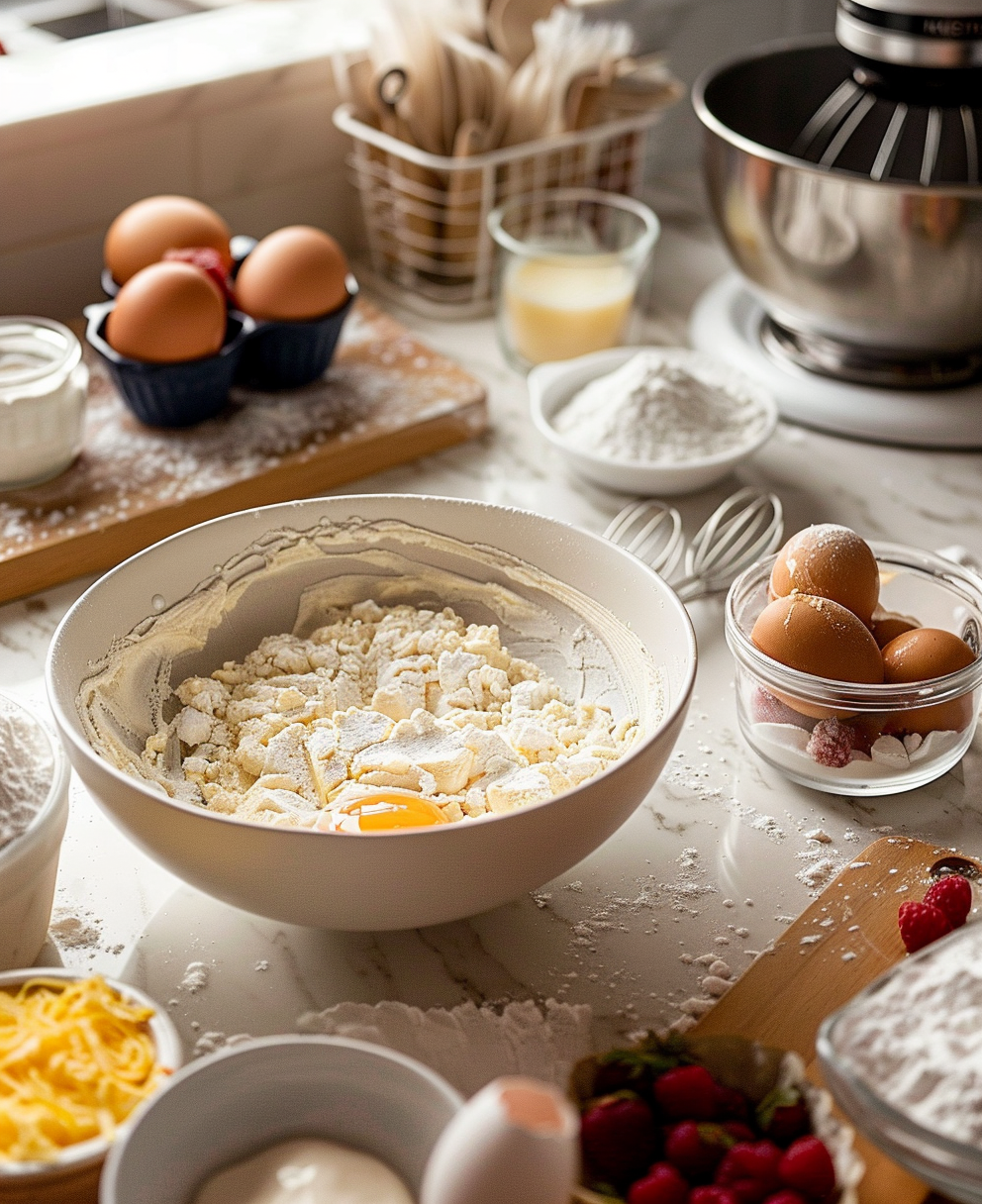
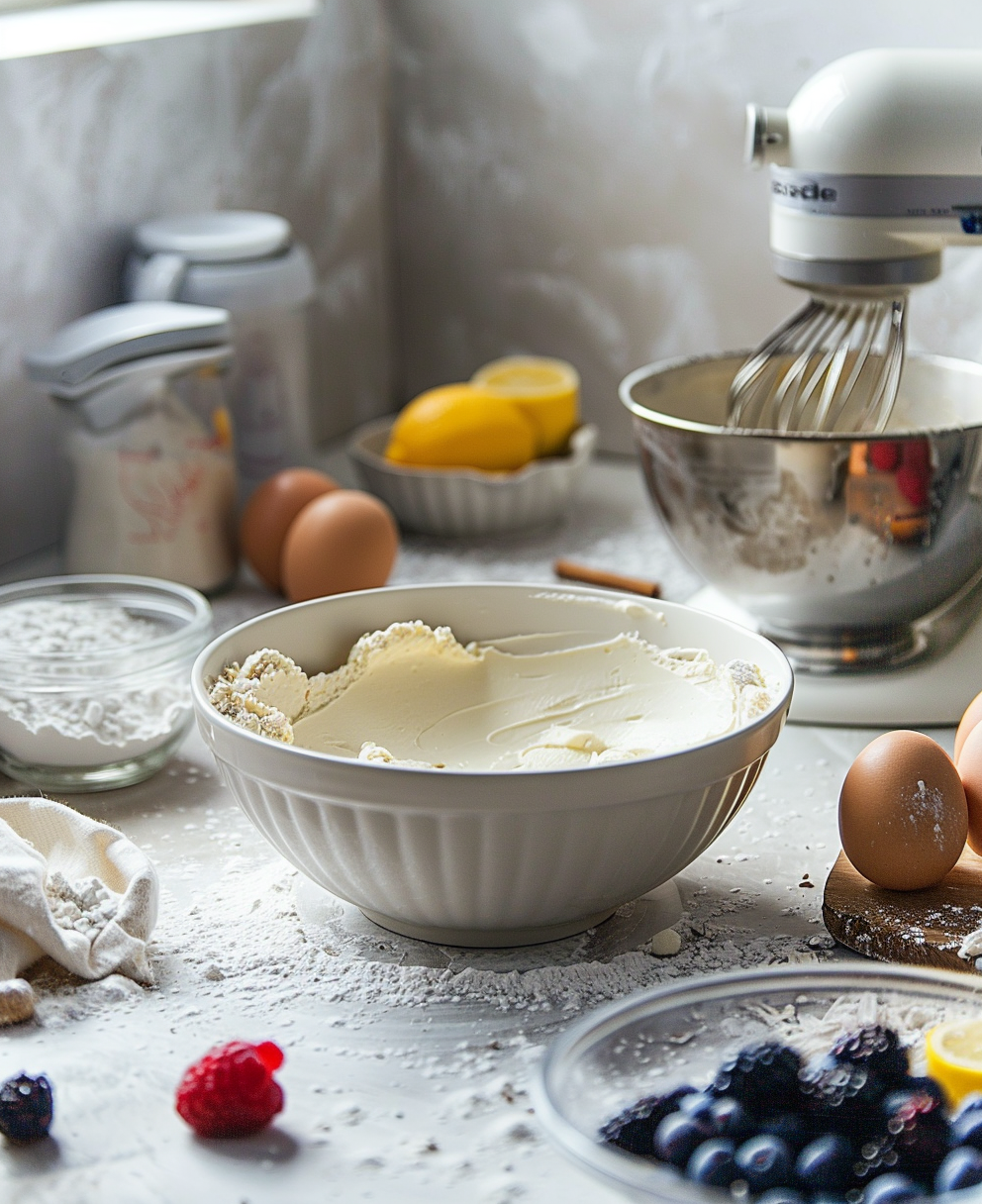
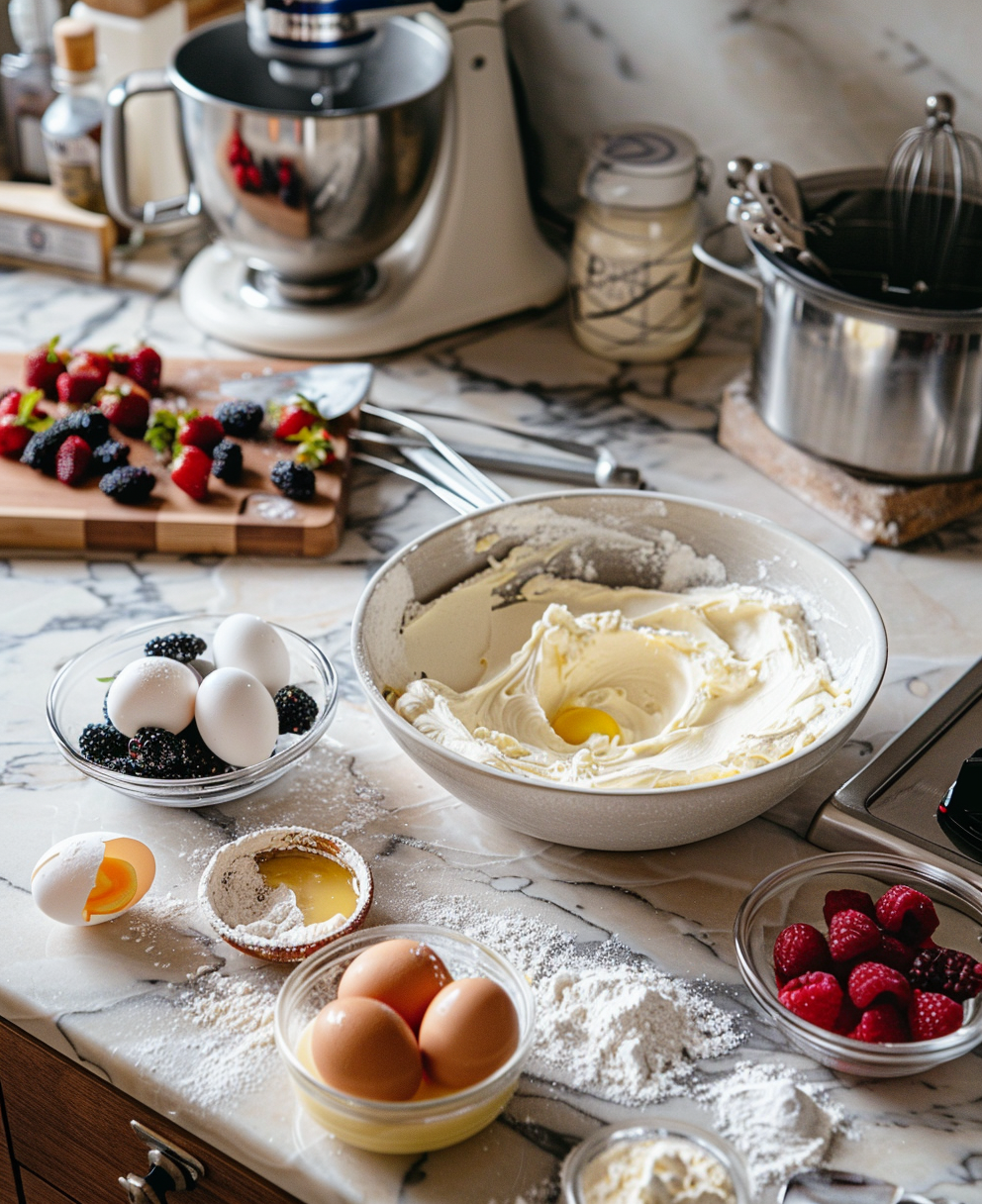
Tools and Ingredients You’ll Need
Alright, so you’re sold on the idea of making a number cake. But before you dive into the kitchen, let’s talk about what you actually need. Trust me, having the right tools and ingredients can make all the difference. I’ve had my fair share of baking disasters because I tried to wing it—like that time I used a butter knife instead of a piping bag. Spoiler: it didn’t end well.
First up, the essentials. For the base, you’ll need either cookie dough, sponge cake batter, or puff pastry. If you’re feeling fancy, go for a cream tart version with layers of flaky pastry. For fillings, whipped cream, cream cheese frosting, or even custard are all great choices. And don’t forget flavor enhancers like vanilla extract, almond essence, or a splash of citrus zest. These little touches can elevate your cake from good to “Wow, did you really make this?”
Now, onto tools. A sturdy rolling pin is a must if you’re working with dough or pastry. You’ll also need sharp knives or a pizza cutter for trimming your shapes. Oh, and don’t underestimate the power of a good stencil. Print one out or trace it onto parchment paper. It’s a lifesaver when it comes to cutting uniform numbers. By the way, if you’re looking for more inspiration, check out this triple chocolate cake recipe—it’s got some creative ideas for layering flavors.
Let’s not forget the fun part: decorations! Fresh flowers are an absolute game-changer for number cakes with flowers. They add an elegant, rustic vibe perfect for weddings or garden parties. Just make sure they’re edible (or at least food-safe). Berries, kiwis, and figs are other fantastic options if you want something fruity. And hey, if you’re going for a kid-friendly design, sprinkles and colorful candies are always a hit. Funny enough, I once made a number cake topped with mini marshmallows for my nephew’s birthday—he still talks about it!
For those who love experimenting, here’s a quick tip: try adding cocoa powder to your dough for a chocolatey twist. Pair it with a rich ganache topping, and you’ve got yourself a dessert worthy of any chocoholic’s dreams. If you’re curious about more decadent options, take a peek at these Rossini cake bars. They’re packed with flavor combos that might spark some ideas.
Tips for Cutting and Serving Number Cakes
Okay, confession time: slicing a number cake isn’t as straightforward as cutting a regular round or square cake. Those curves and angles can be tricky! But fear not—I’ve got some foolproof tips to help you serve your masterpiece without turning it into a crumbly mess.
Here’s the thing: the key to clean cuts is using a sharp serrated knife. Start by trimming off any uneven edges to create a smooth surface. Then, work slowly and steadily, applying gentle pressure. If your cake has multiple layers, chill it in the fridge for 15–20 minutes before slicing. This firms up the filling and prevents squishing. Trust me, your guests will thank you for those picture-perfect slices.
Portion sizes are another factor to consider. How many will a number cake feed? Well, it depends on how generous you’re feeling. A standard single-layer cake usually serves 8–12 people, but if you’ve gone all out with thick layers and intricate designs, you might get fewer servings. For larger gatherings, why not pair your number cake with a simple 2-tier cake? It’s a great way to offer variety while keeping the focus on your star dessert.
One question I hear often is whether there’s a “right” way to cut number cakes. Honestly, it’s less about rules and more about strategy. Work from the outer edges inward, dividing the cake into manageable sections. For example, with a “6,” start by splitting the loop from the tail. With a “1,” just slice vertically down the middle. Easy peasy, right?
Oh, and here’s a pro tip: keep a damp cloth nearby while serving. It’s perfect for wiping away crumbs or smudges between cuts. Your presentation will look flawless, and no one will ever know you had a minor meltdown five minutes earlier.
Where to Buy Number Cakes if Baking Isn’t Your Thing
Listen, not everyone was born with a whisk in hand—and that’s totally okay. If the thought of whipping up a number cake makes you break into a cold sweat, there are plenty of amazing bakers out there who’ve got you covered. Seriously, sometimes it’s worth letting the pros handle it.
Start by checking out local bakeries in your area. Many specialize in custom orders and can whip up a stunning number cake tailored to your theme. Whether you’re after a sleek minimalist design or something over-the-top like number cakes with flowers, they’ll have you sorted. Just search “where to buy number cakes” along with your city name to find options near you.
If you’re short on time or don’t have access to local shops, online retailers are a fantastic alternative. Websites like Etsy or specialized cake boutiques often ship nationwide. Plus, they usually offer tons of customization options. Want a masculine-themed cake for your brother’s birthday? Check out these birthday cakes for men for inspiration—they’re sleek, modern, and totally Instagram-worthy.
Custom-order services are another route to explore. Some companies allow you to upload photos or describe your vision, and they’ll bring it to life. It’s kind of magical, honestly. Just be sure to place your order well in advance, especially during busy seasons like holidays or graduation time. Procrastination is real, folks.
And hey, if you’re worried about cost, don’t stress too much. Prices vary widely depending on size, design complexity, and location. A simple number cake might set you back $30–$50, while elaborate creations could run closer to $100 or more. But let’s be real—it’s worth every penny when you see the look on someone’s face as they blow out their candles surrounded by a cake that’s uniquely theirs.
Funny story: I once ordered a number cake for my mom’s surprise party. The bakery nailed it so perfectly that she refused to let anyone touch it until we took a million photos. We ended up eating leftovers late into the night, laughing about how her sweet tooth hadn’t changed since I was a kid. Moments like that remind me why celebrations—and desserts—are so special.
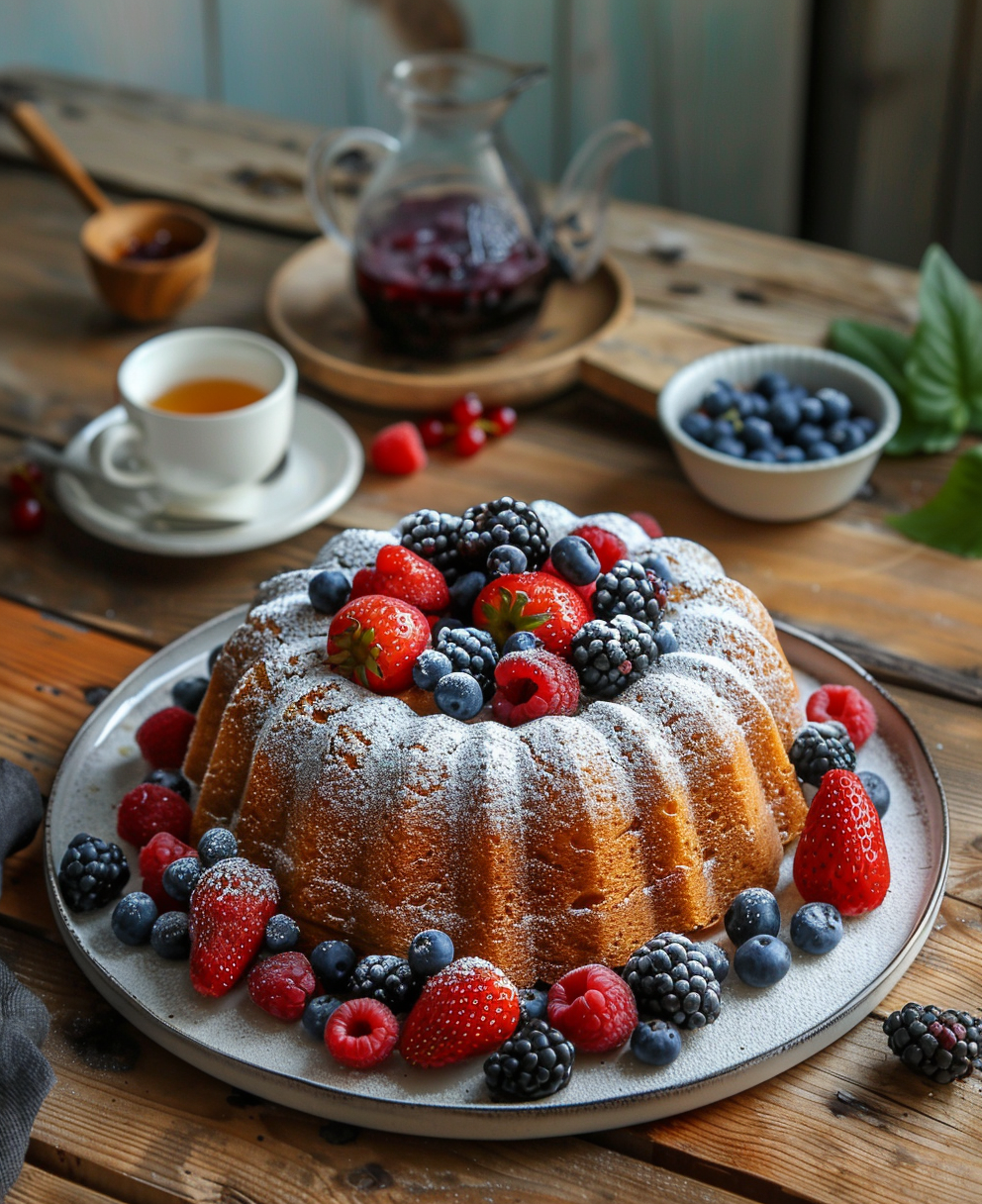
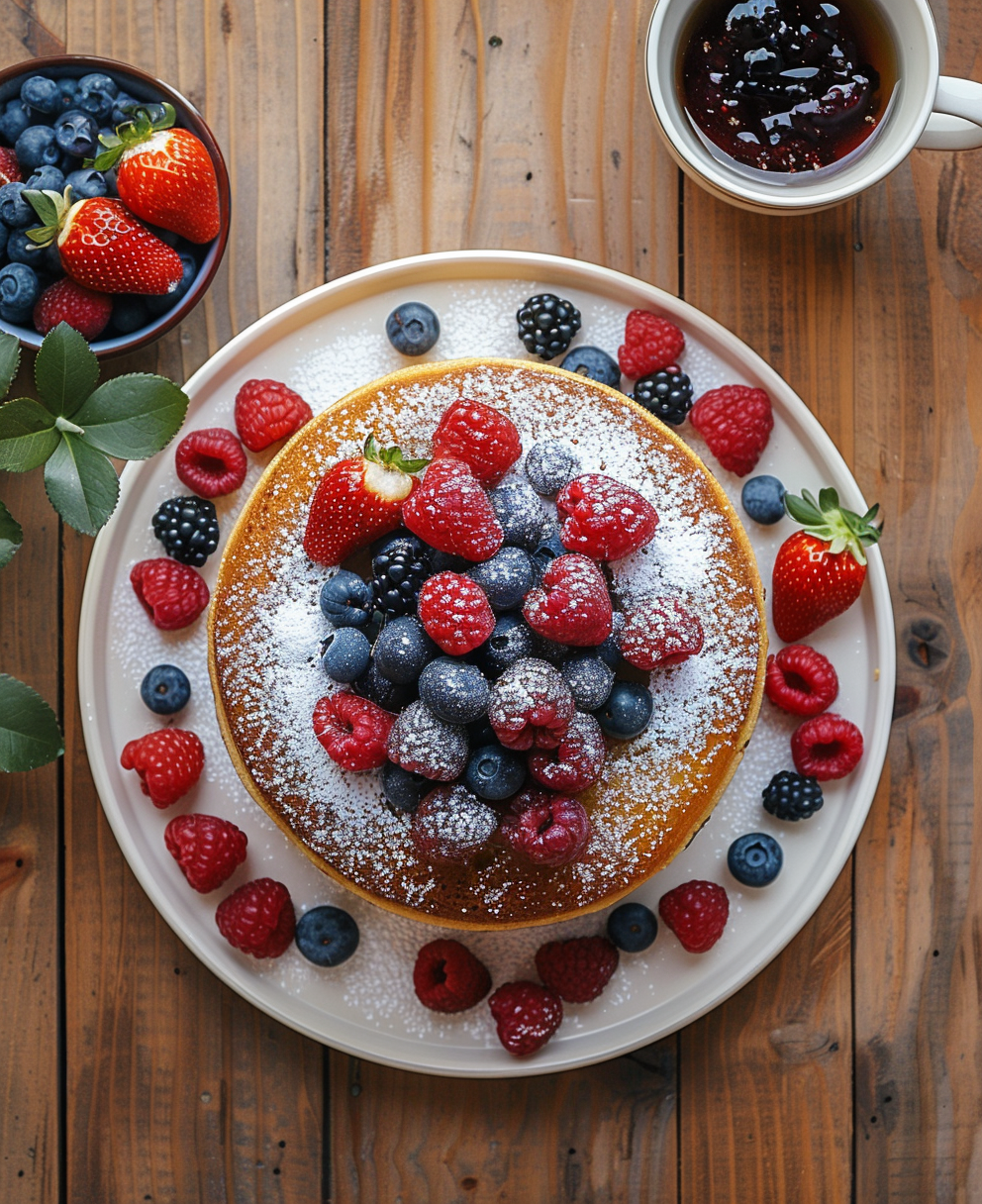
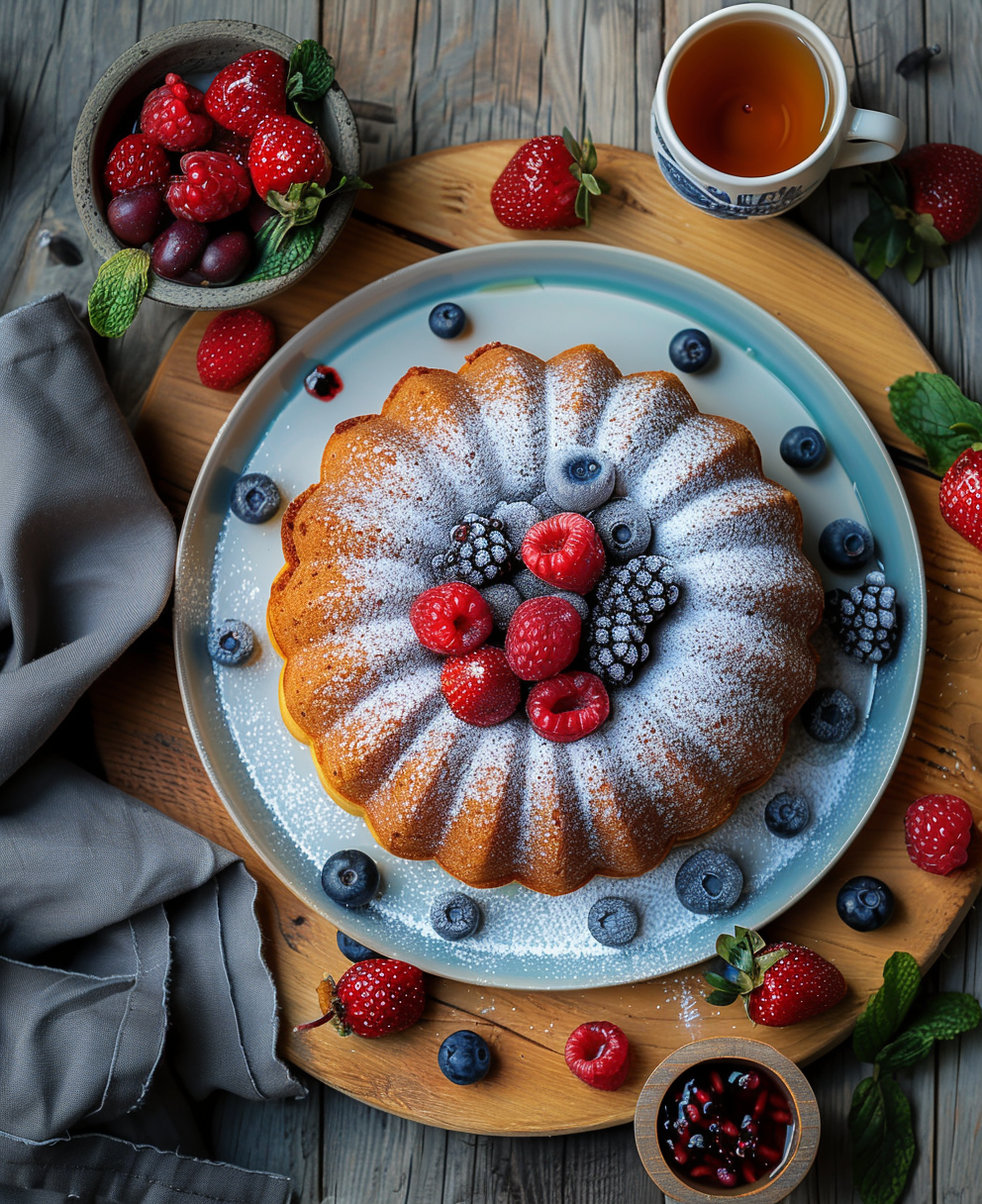
Creative Ideas for Decorating Number Cakes
Let’s talk about the fun part—decorating your number cake. Honestly, this is where you can really let your personality shine. Whether you’re into sleek modern designs or something more whimsical, there’s no shortage of ways to make your cake stand out. Plus, it’s a great excuse to scroll through Pinterest for inspiration (not that you needed one).
First up, number cakes with flowers are an absolute showstopper. I mean, who doesn’t love fresh blooms on a dessert? They give off that effortlessly elegant vibe, perfect for bridal showers or springtime birthdays. Just grab some edible flowers like pansies or roses and scatter them across the top. Funny enough, I once used fake flowers by accident—it was a disaster, so trust me when I say double-check they’re food-safe!
If floral isn’t your thing, try themed decorations. For example, a “1” cake for a first birthday could feature tiny fondant animals or toys. A “50” for a milestone celebration might rock gold leaf accents or sparkly sprinkles. Here’s the thing: themed cakes don’t have to be complicated. Even small touches, like matching colors to a party theme, can make a big impact.
On the flip side, minimalist styles are having their moment in the spotlight. Think clean lines, neutral tones, and just a hint of texture. A dusting of powdered sugar or a drizzle of caramel sauce can look incredibly chic without overwhelming the senses. One of my favorite creations was a simple white cream tart number cake with just a few strategically placed berries. It looked like it belonged in a bakery window display.
For those who love experimenting, here’s a pro tip: mix textures. Pair smooth buttercream with crunchy sprinkles or add a layer of glossy ganache for contrast. You’d be surprised how much depth this adds to your design. By the way, if you’re looking for more layered dessert ideas, check out these cakes and cupcakes recipes. They’re packed with creative techniques you can adapt to your number cake game.
Common Questions About Number Cakes
Alright, let’s tackle some FAQs because I know you’ve got questions. And hey, maybe answering these will save you from a late-night baking panic.
How many will a number cake feed? This depends on how generous you’re feeling. A standard single-layer cake typically serves 8–12 people. If you’ve gone all out with thick layers or intricate designs, expect fewer servings. For bigger crowds, consider making multiple numbers—or pair your cake with other desserts.
What is the 1234 cake rule? Great question! The 1234 rule is my go-to guideline for nailing both taste and presentation. It stands for flavor, texture, design, and portion size. Make sure each element complements the others—for instance, don’t overload a delicate sponge cake with heavy toppings. Balance is key to creating a cake that looks as good as it tastes.
Is it hard to make a number cake? Not at all! Once you’ve got the basics down, it’s pretty straightforward. Start with a simple recipe and work your way up to fancier versions. Investing in a good stencil and sharp knife makes life easier. Oh, and chill your layers before assembling—that trick alone cuts stress in half.
What is the history of number cakes? While their exact origin is unclear, many credit European bakeries, especially French ones, for popularizing the trend. Cream tart versions became a hit before spreading globally. Today, bakers worldwide put their own spin on the concept, proving its universal appeal.
A Final Push to Get Baking
You know what? Life’s too short not to celebrate with something sweet. Whether you’re marking a special occasion or just want to treat yourself, a number cake is the perfect way to do it. It’s customizable, Instagram-worthy, and surprisingly easy to pull off. Plus, there’s something magical about seeing someone’s face light up when they realize the cake was made just for them.
So why not give it a shot? Grab your ingredients, fire up the oven, and let your creativity run wild. Or, if baking isn’t your jam, support a local bakery—they’ll hook you up with something amazing. Either way, you’re bound to end up with a dessert that’s as memorable as the moment itself.
FAQ Block
- Can I freeze a number cake? Absolutely! Wrap it tightly in plastic wrap and store it in the freezer for up to a month. Just thaw it in the fridge overnight before serving.
- What type of dough works best? Puff pastry is classic, but cookie dough and sponge cake also work wonders. Choose based on the texture and flavor you prefer.
- Where can I find stencils? Check online retailers like Amazon or Etsy. You can also print your own template and trace it onto parchment paper.
- Are number cakes expensive to make? Not necessarily. Using store-bought dough or pre-made fillings can cut costs while still delivering delicious results.
- What tools do I need for decorating? A piping bag, offset spatula, and sharp knife are must-haves. Optional extras include edible glitter or gold leaf for fancy finishes.
- Can kids help with making number cakes? Definitely! Tasks like spreading frosting or arranging toppings are kid-friendly and fun.
- How far in advance can I make one? Ideally, bake and assemble the day before. Add fresh toppings like fruit or flowers right before serving.
- What’s the best filling for beginners? Whipped cream or cream cheese frosting are foolproof options that taste great and hold up well.
- Do I need special equipment? Not really. Basic kitchen tools like a rolling pin, knife, and mixing bowls are usually enough.
- Can I use gluten-free ingredients? Yes! Swap regular flour for a gluten-free blend and ensure your fillings are safe. Many recipes adapt easily.

Equipment
- Sturdy rolling pin
- Sharp knife or pizza cutter
- Stencil printed or parchment paper
- Baking sheet
- Mixing bowls
Instructions
- Choose your template; print out a number or letter stencil and cut it out to use as a guide.
- Bake your base using cookie dough, sponge cake batter, or puff pastry, and cut out two identical shapes using the stencil.
- Prepare your filling, then spread a generous layer between the two pieces of cake.
- Decorate creatively with fresh berries, edible flowers, or other toppings.
Notes
For chocolate lovers, incorporate cocoa powder into the dough or frosting.
Store leftovers in the fridge wrapped tightly; can freeze for up to a month.
Encourage kids to help with frosting and decorating for some fun family time!
